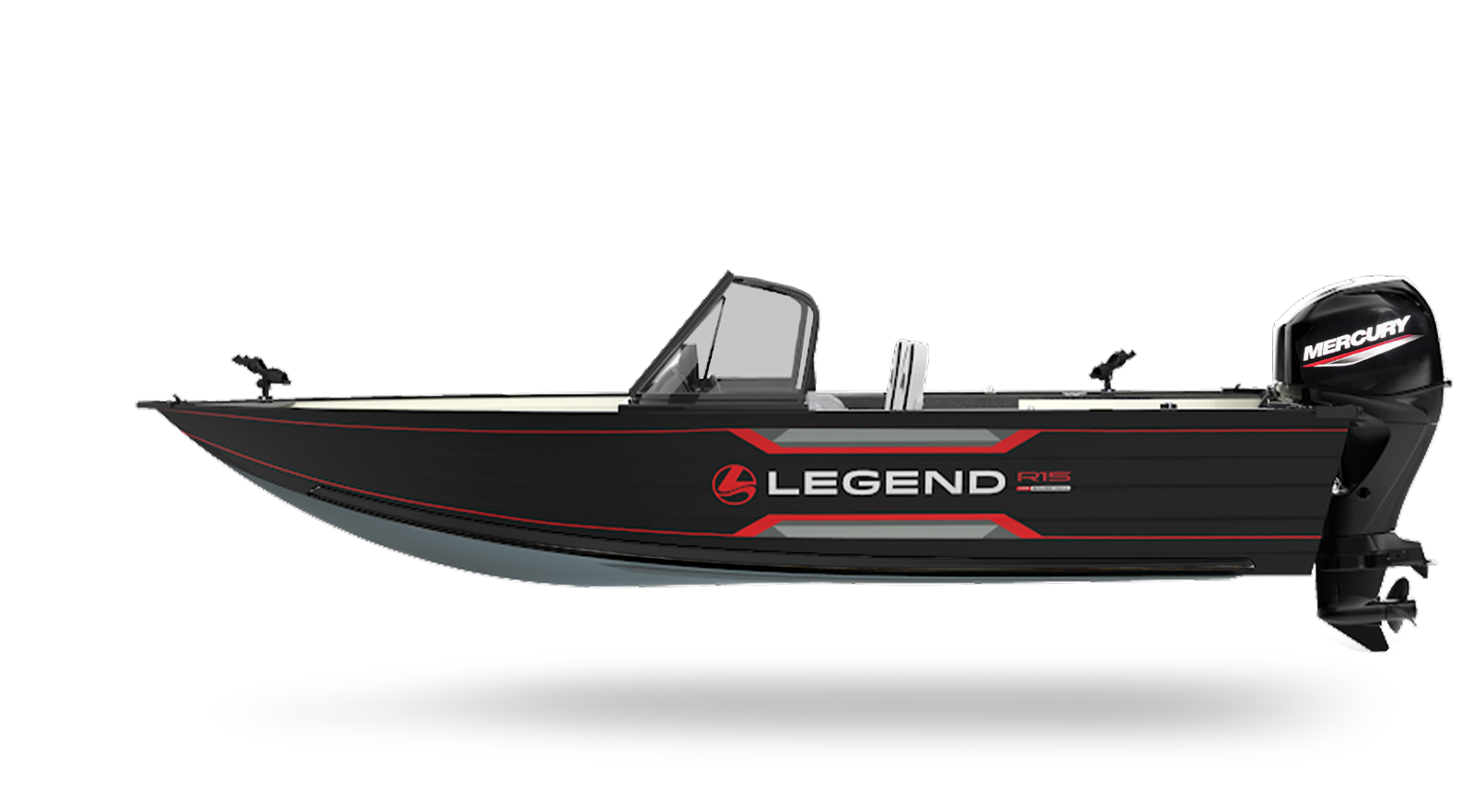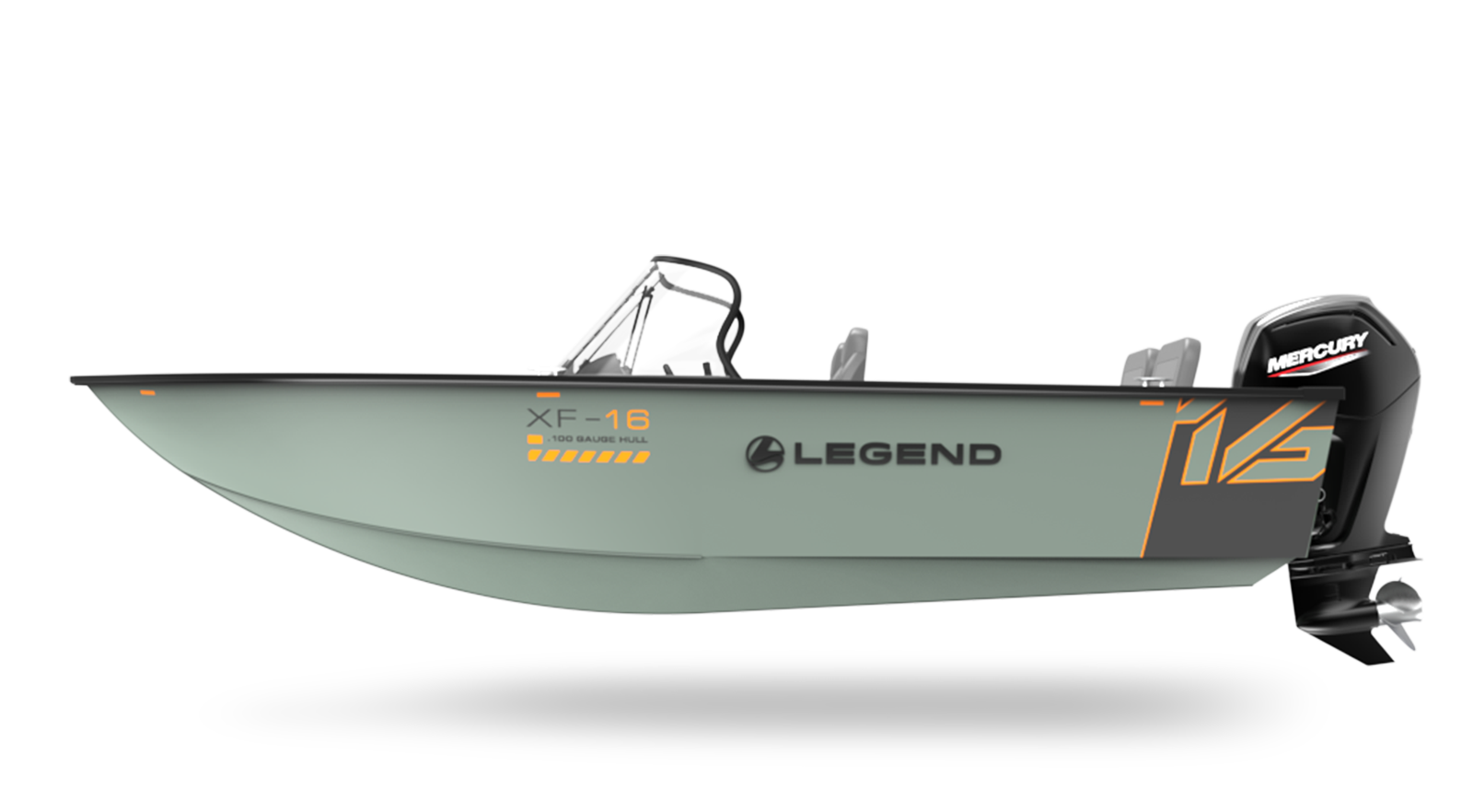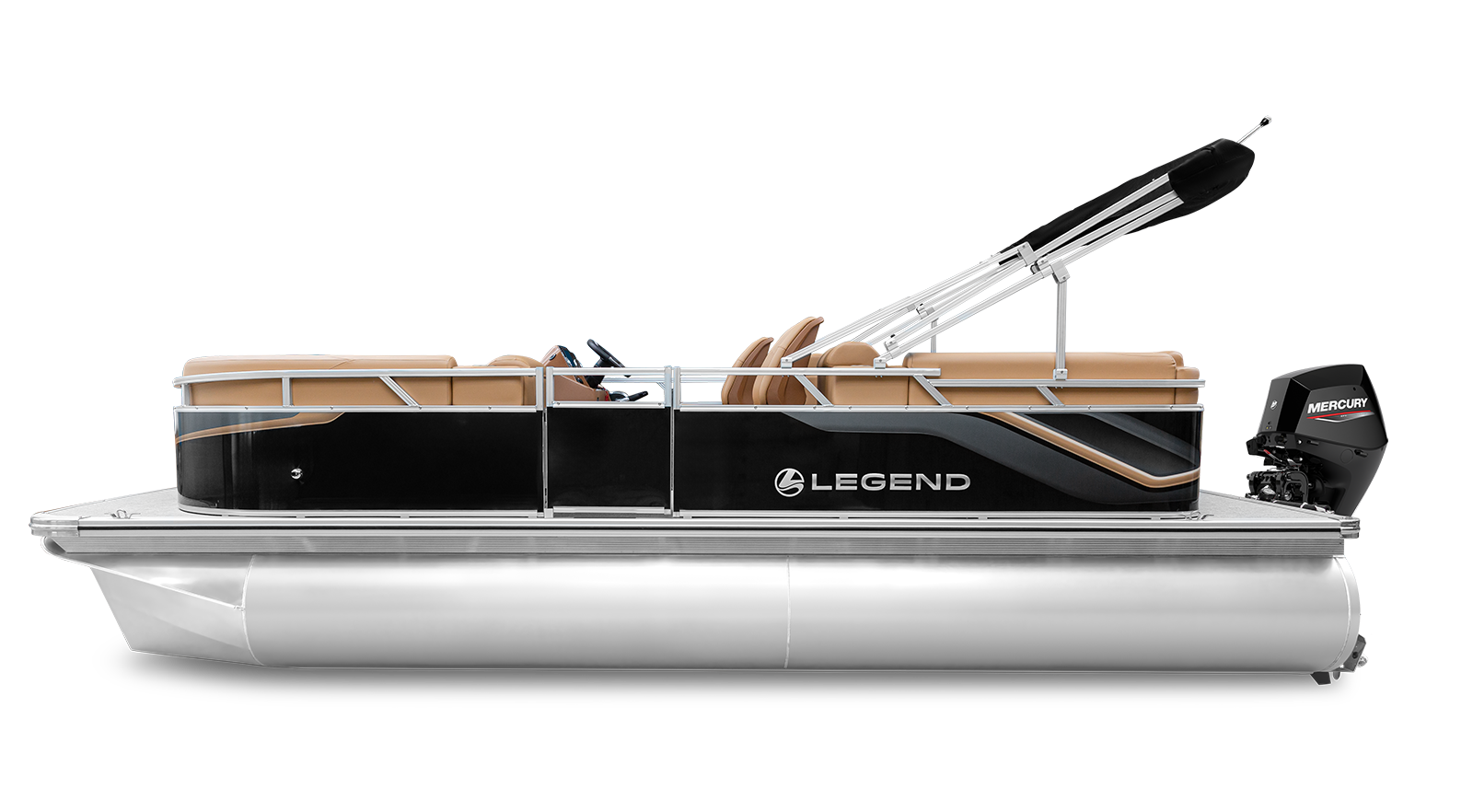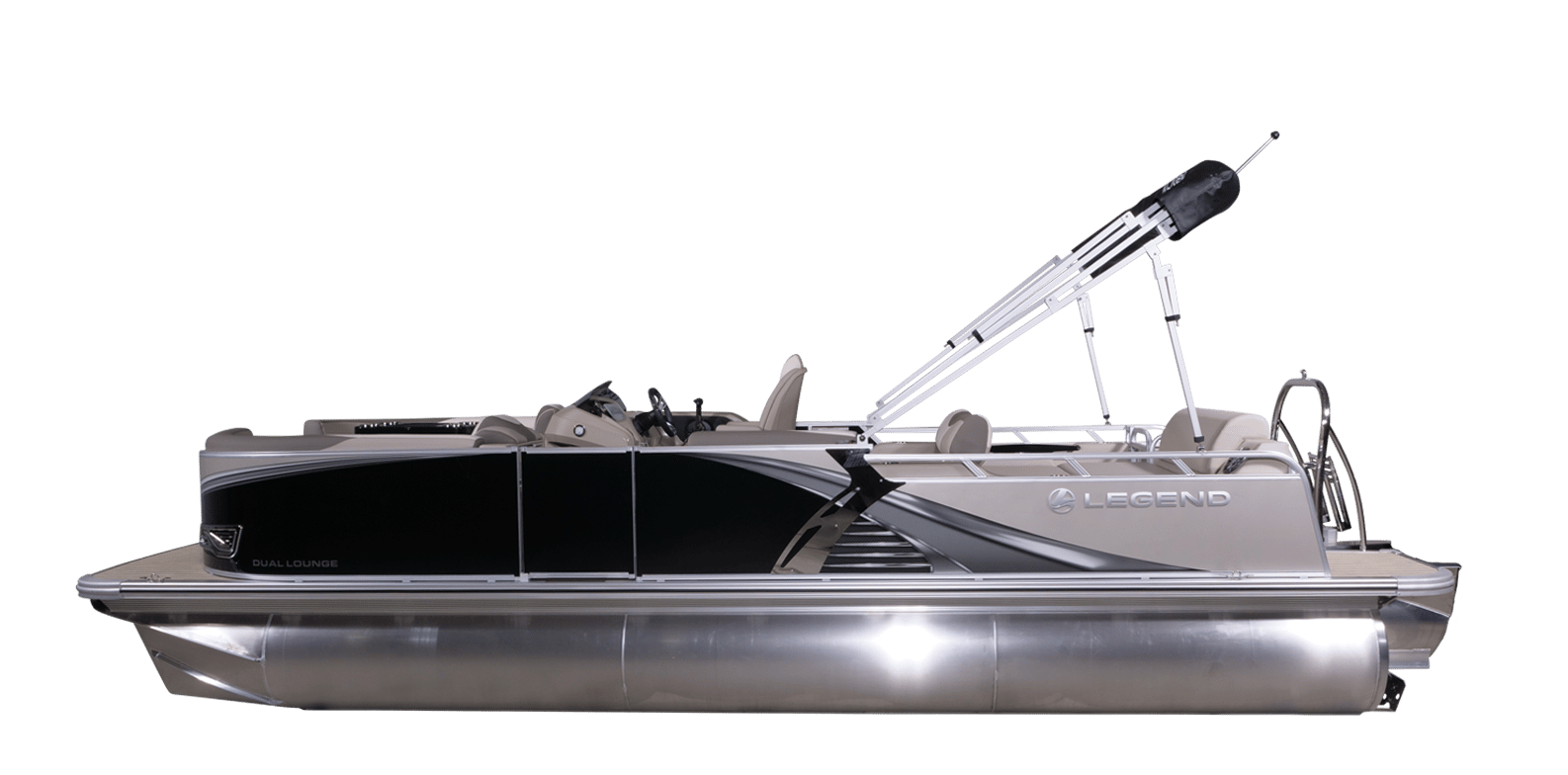Polarized Glasses for Fishing – Does it Work?

Polarized glasses help to reduce the glare created by the sun when it hits the water. With this glare eliminated, it enables you to be able to see into the water.
This is a huge advantage to any angler who fishes shallow water in lakes or likes to fish in the flowing water of rivers and streams.
They selectively reduce other reflections from objects above water, including clouds and even the sky (the reflected sky gives most of its blue colour to the sea). Finally, light coming from under water is slightly polarized in the vertical plane (polarized on transmission). The end effect is that the water seems darker but more transparent! It only works however if you look at the water at some angle and not straight down.
When the sea is choppy the sun reflection becomes the familiar glitter, an elongated pattern of shimmering water stretching towards the sun. Because different parts of the glitter are reflected from different wave slopes, the degree of polarization varies from place to place. In those conditions the sunglasses will also help for high or low suns and the benefit will depend on where you are looking.
The polarized sunglasses used by fishermen have polarized filters with the transmission axis oriented vertically to block the light reflected by the water surface.
To know if glasses are polarized just look through the glasses at the reflection of any object on a window panel, you have to look at an angle to the glass so do not look at yourself. Then, turn the sunglasses around as if they were the hands of a clock facing you. If the intensity of the reflection doesn’t change with respect to what you see through the window, they are not polarized.
Normal sunglasses decrease the intensity of everything by the same amount. Polarized sunglasses can selectively eliminate the reflection from light coming from above the water surface. Polarized glasses will always decrease the intensity of unpolarized light by at least half. In practice somewhat more because of losses in the material. They come in all shades from light grey (only polarizing) to very dark (polarizing plus black tint), and also light sensitive (photo chromatic). You can even find sunglasses with darkness adjustable by the user.
Pros and Cons of Lens Materials
- Glass: Provides the best visual acuity and scratch resistance. Expensive and much heavier than other options.
- Polycarbonate: Half the cost of glass, ultra lightweight, and impact resistant. Easier to scratch than glass lenses.
- Acrylic: Best Value in a polarized fishing glass. Generally under $25, these still eliminate over 99% of all reflected glare. Lens material is moderately durable and not as distortion free as more expensive lens options.
Lens Tints
| Gray | |
|---|---|

|
Excellent for day to day use. Gray lenses transmit all colours of the spectrum so there is little distortion. Ideal for bright sunny days and open water fishing. |
| Copper | |

|
Copper is a very high contrast lens that is soothing to the eyes. It absorbs blue light, heightening visual acuity and boosting contrast, making this lens the best choice for sight fishing applications. |
| Brown | |

|
Considered by many to be the best all-around tint for fishing. Provides excellent contrast and true colour perception. Great for shallow water stream and flats fishing in medium to bright light. |
| Amber | |

|
Excellent for low light conditions such as first and last light or heavily overcast days. |

















